In the gardens of our country, it is often possible to meet the matrikarya, which is also called Pyrethrum. Despite the intricate name, the culture itself is nothing exotic. Her small motley buds look pretty cute on any flower, and in addition, the matrikary flower does not need much careful care.
Plant Description
Matricaria is a culture of astron family. Translated from the Greek title of Pyrethrum means "heat" or "fever". This plant since ancient times has been used in folk medicine, it was often used to facilitate generic activities.
To date, matricaria can be found in the countries of North Africa, Southern Europe, as well as in the Middle East. Pyrethrum is a perennial culture, but gardeners prefer to grow it as an annoolest. Matricaria can be attributed to low plants, because the height of its stem reaches no more than 30 cm. However, there are varieties of more tall, the length of the stem is more than 50 cm.
Bushes in Matricaria are pretty thick, spherical, small light green leaves have a curtain dissected shape and decorate the lower parts of the branches. Buds are located on long blooms and there are several species: simple and terry. Simple coated with one near the rounded gentle petals, and terry inflorescences have a form of a ball, the diameter of which is about 3 cm.
Pyrethrum can have a variety of color, yellow, white, beige colors are considered the most common shades. The flowering period in the plant is long enough and lasts from the beginning of summer to late autumn.
Common varieties of matrikaria
In horticulture, several varieties of culture are most often used, we will look below:
Feverfew
Matricaria Maiden came to us from the countries of Southern Europe. This perennial plant is able to bloom several seasons in a row, but every year the culture loses part of its decorative properties, so in the garden design, the girls are more often used as annual. Small thick and compact bushes of this variety of matricaria grow up to 50 cm. The foliage has a light green tint and peristrays-solid form. Buds are achieved in diameter 3 cm, most often painted in white or yellow colors. The inflorescences of this type of culture can be both simple and terry. Plus, Matricaria, Deliche, can be considered long and abundant flowering. This type of pyrethrum is presented by several popular varieties:
- "Zilbeeppich" has small white inflorescences;
- grade "Goldbal" is distinguished by terry bright yellow tint boots;
- matricaria "Snow Ball" or, as it is also called, "Shneybal" is a small compact plant with white terry flowers;
- the Virgo variety also has spherical white-colored booths.
The yellow-bearing form of matrikaria is used in gardening to create curbs and decorating the boundaries of flowers and lawns. The bushes of such a plant reaches a height of 30 cm and are well sufficiently haircut. At the same time, it does not matter what bloom gives a culture, because the green part of the plant is used in decorative purposes.
Matrikaria, maiden belonging to frost-resistant cultures, but it prefers to grow on a well-lit place. Soil on flowerbed with flowers should have a good drainage.
Matricaria balsamic
Caucasus came to us from the Caucasus, the Matricarium Balsamic is grown on the country's flower beds as a tall perennial. The length of the stalks of this plant reaches 1.5 m in height, palate inflorescences have a white shade, but closer to the fall of the petals of buds are painted in a brownish color. Pyrethrum balsamic unpretentious to the soil can grow both on dry and on well-moistened areas. Huting this plant on the flowerbed, try to choose a well-lit place, at the extreme case of the flower bed can be located in a small one.
Pink Pyrethrum
Motherland pink pink, like many other varieties of matrikary, is the eastern Transcaucasia. This culture refers to the average, the height of its stem reaches 50-60 cm. The root plant of the plant is located close to the surface of the soil, the stalks of the bushes are straight, smooth, covered with openwork leaves of a light green shade.
During his flowering, pyrethroes pink releases many small buds, which are shaped baskets and painted in various shades of pink and raspberry. In landscape design, such varieties of matrikary pink are often used:
- "James Kelway" grows up to 60 cm in height, the buds possess an attractive rich-red tint;
- robinson variety blooms gentle, light pink buds;
- "Atrosangvina" during the flowering period produces beautiful terry buds, painted in 2 colors: the tongue petals have a red tint, and tubular - yellow. The flowering of this variety lasts 45 days;
- the brand variety also takes great popularity among gardeners for its magnificent rich-raspberry shade;
- brighter pink buds can boast the brassingham red variety matricaric.
Matrikary shields
In the Forests of the Caucasus, Altai and Eastern Europe, it is often possible to meet the Matricaria of the glider. This rhizomic perennial does not differ in a lush bush, it grows it in small groups or one by one. Leaves are located on long stiffs, have a peristoresset form.
Culture inflorescences are located at the ends of long stems, and bouton petals are painted in white. Matricaria shields blooms in June, releasing a large number of small baskets.
Features of landing matrikaria
As mentioned earlier, the matrikary refers to unpretentious cultures and does not require constant careful care. The main thing, before planting the plant, choose a suitable place for it. The flowerbed is better to arrange in an open territory, well-lit by the Sun, although Pyrethrum can transfer a small shaded. The minus growth of matrikary in the shade is that the culture begins to stretch up, because of which the bush is not so compact and neat, and the bloom will not be so abundant.
The soil matrikary is also undemanding. It is not necessary to prepare for her a special composition at all, the plant is perfect for the soil, which is on your site. It is also worth noting that Pyrethrums perfectly multiply by self-sowed, and if the seeds inadvertently fall into the fertile soil of the beds, the bushes of the plant will turn out strong and rather powerful.
Most matrixes suffer both arid and moistened soil, but at the flowerbed with these plants it is desirable to provide good drainage. In a wet and unnecessarily cheese, the soil, where water is constantly stared, the flower does not fit.
Pyrethrum pink is desirable to land in a wet land that misses water well. The plant will develop faster if the soil will be quite nutritious. Excessive soil acidity can be reduced by making a small amount of ash. Since the matrikary is growing pretty quickly, its bushes become thicker, and buds decrease in quantities and in size. To preserve the decorativeness of the culture, with the onset of spring plants dig out of the ground and divide into several parts. To engage in such work it was easier, to plant pyrethrums on the flower leaf, with compliance with a sufficient distance between individual bushes.
Plant care
When growing matrikary, you need to know some of the peculiarities of the care of this culture:
- Pyrethrum, as a rule, does not need frequent irrigation, but if the weather on the street is too hot and arid, the plants need to periodically irrigate.
- Immediately before the start of bloom, it is desirable to feed the matricarians with mineral fertilizers, and the ground around the bushes should be shred to give root access to air. Making complex mineral fertilizers into the soil, you can count on a long and abundant bloom of culture.
- Those buds that beat and fade, you need to delete in a timely manner - it will help you to support the flower bed in a beautiful and well-kept form for a long time. On the site of the dried dried buds, new shoots are rapidly developing, which are also covered with flowers.
- After the end of the flowering season, the Matricarian bushes need to be inspected and snatch the shoots that dried, faded, broke.
- Culture should be properly prepared for wintering, clinging the ground around the plants, as well as the cover of the bushes with a noodle or other underfloor material.
- Matricaria can be transferred to a new place even during flowering period, so some gardeners often use this plant when you need to close the flowering emptiness on the flower beds.
Pyrethrum is known not only by its healing properties, but also the ability to protect other plants from garden pests. Matricaria is even prepared by a special infusion, which is used as a means of scaring caterpillars and peeling beetles. The infusion of Pyrethrum is preparing very simple. From two medium-sized bushes, you need to assemble leaves and flowers, fold them into a large container and pour the bucket of water. After time, the remedy should be strain, diluted with clean water 2 times and treat the resulting gardens or garden plants. You can also add a slightly economic soap in the infusion, so that the remedy is not flushed from the leaves of cultures.
Metricaric breeding methods
Plant Transplanting Bust
Unusual and rare pyrethrum varieties are most often transplanted by the division of the bush to preserve the varietal signs of the plant. For the matrikary, the pink division of the bush is the necessary procedure, since the culture quickly grow up, diverting the soil.
The process of fissioning plants is better to start after the end of the flowering season, when quite little buds are formed on the bushes, not distinguished by high decorativeness. When multiplying matrikary in late summer, parts of the culture will be better fit in a new place and you will have to increase young rosettes of leaves. As a decend, a fragment of a bush on which there is one or more outlets.
If the Pirethrum transplant is carried out in the spring, then the buds blooming on a new plant is better to cut it immediately - the culture will increase the green mass faster, the bush will turn out to be lush and beautiful. You can also transplant matricaria in this way in the fall, but it is better to do it in still warm months, so that the flower has time to go to the new soil before the onset of frosts.
Adult matrikaria is perfectly withstanding a transplant, even if you perform this procedure during the flowering period of plants. It is important to remember that when digging a busta from the ground, it is not necessary to remove all the earth from the roots, and the decend is better to plant in well-moistened soil.
Green grinding reproduction
For transplantation, especially valuable and rare pyrethrum varieties use a green shilling method. From about the last week of May and until mid-July, cuttings are cut from the selected bushes, which are young shoots that depart from the root of plants. To land, the cuttings choose a quiet, a bit shaded place where there is no wind and cold. Sometimes a bunch of moss, located near the wall of the house, can act as a similar bed. Initially, the place of the expected landing of plants should be pouring a layer of river sand, to pour it with water, cover with moss from above and moisturize again. Then take the cuttings there, along the edges of the garden, take the low pegs and cover them with nonwoven material, which will skip the light. In such greenhouse conditions, the matricaric sprouts will be rooted in about 2-3 weeks. After that, the plants can be transferred to open ground.
Cultivation of seed matrix
A simple and reliable method of breeding Pyrethrum is considered to grow it from seeds. Sowing material retains his germination for 3 years. Matricarian seeds plant in advance prepared boxes with light and enough fertile soil, blocking grains not more than 1 cm in the ground. When landing seeds should be observed by a distance of about 2-3 cm, otherwise the sprouts will have to dive.
For tanks with seedlings, you should choose a warm and well-lit place where there is constant access of fresh air. The soil with seeds need to periodically irrigate, but not to overcoat and prevent drought. When the first shoots appear, the containers with the seedle are better transferred to a bright and more cool place, so that the sprouts are not very stretched up.
So that the seedlings were hardened and the plants were not afraid of frosts, sow seeds better with the approach of winter.
Matricaria, photo:

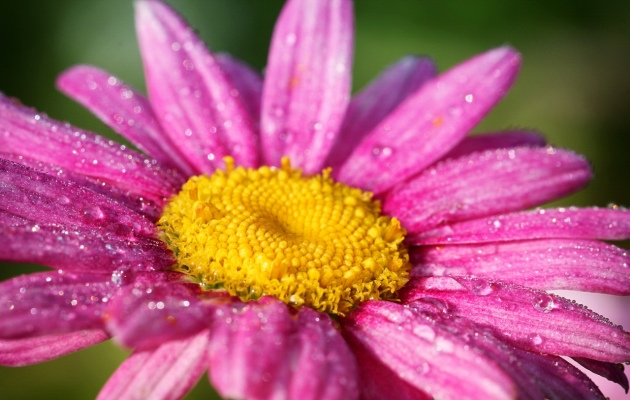
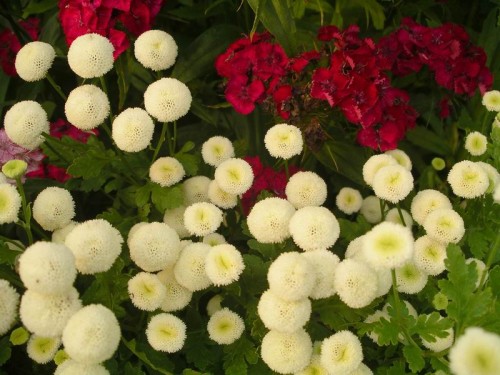
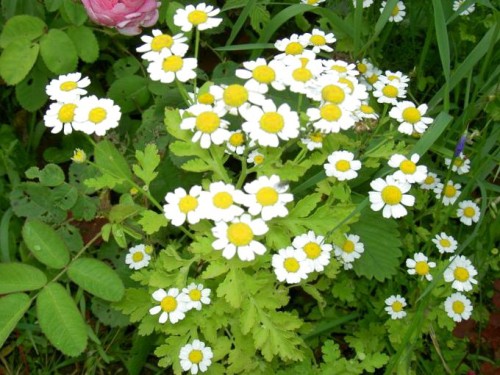
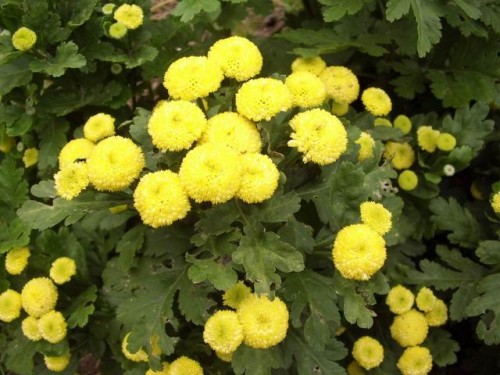
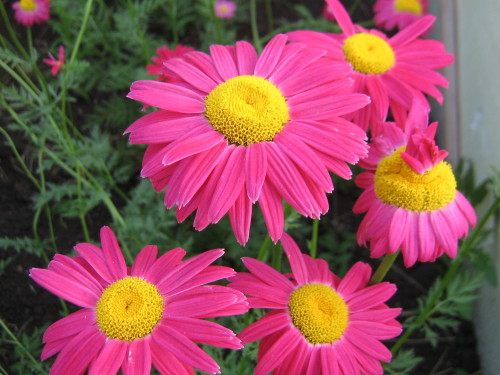

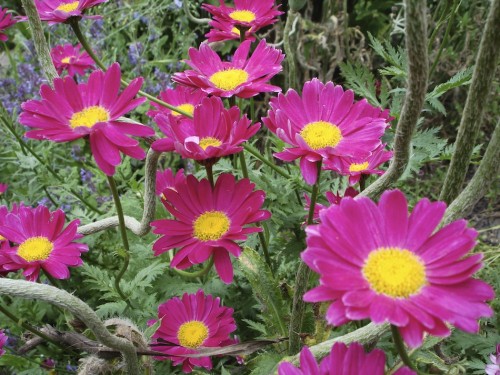
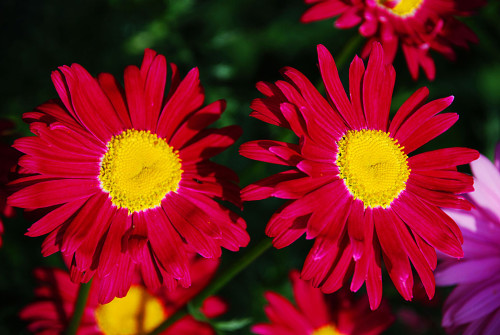
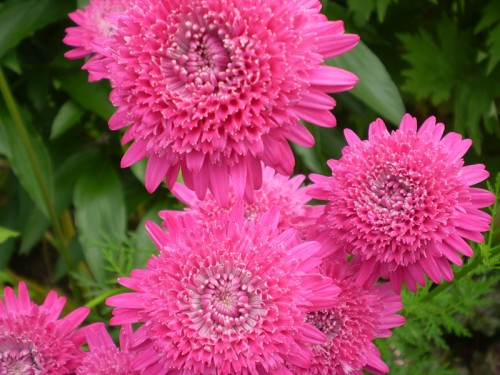
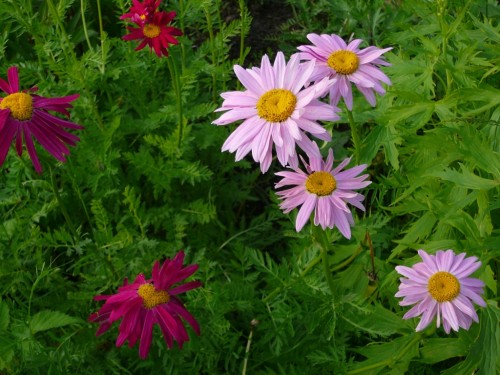
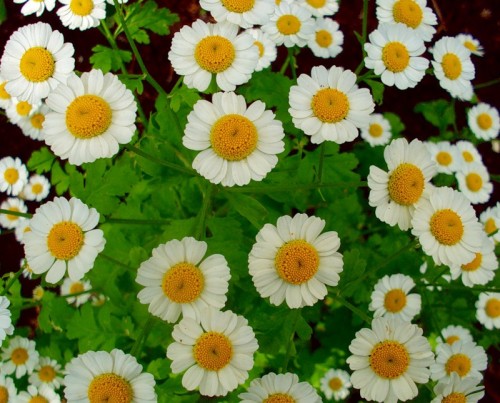
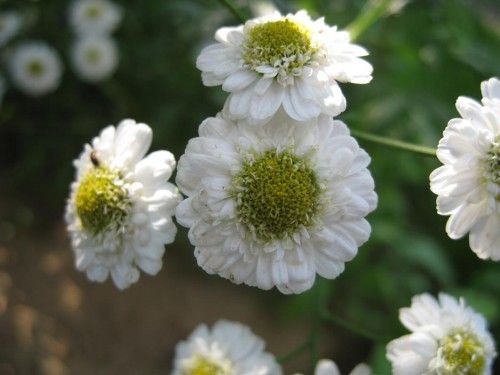

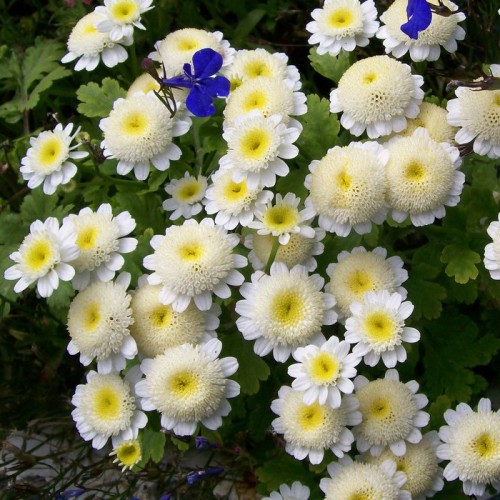
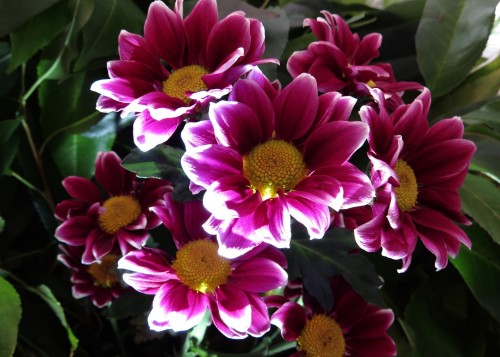












 Start a discussion ...
Start a discussion ...